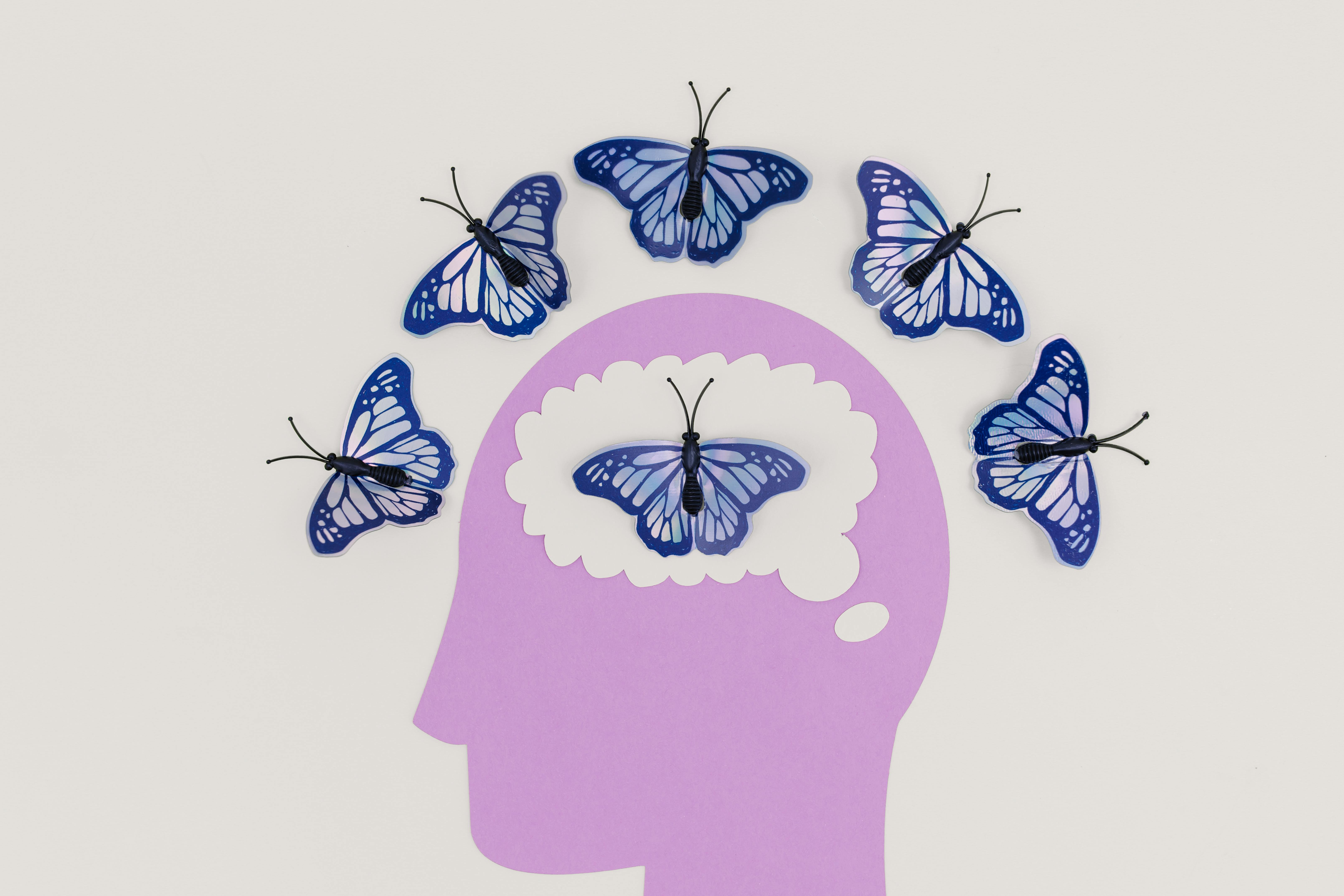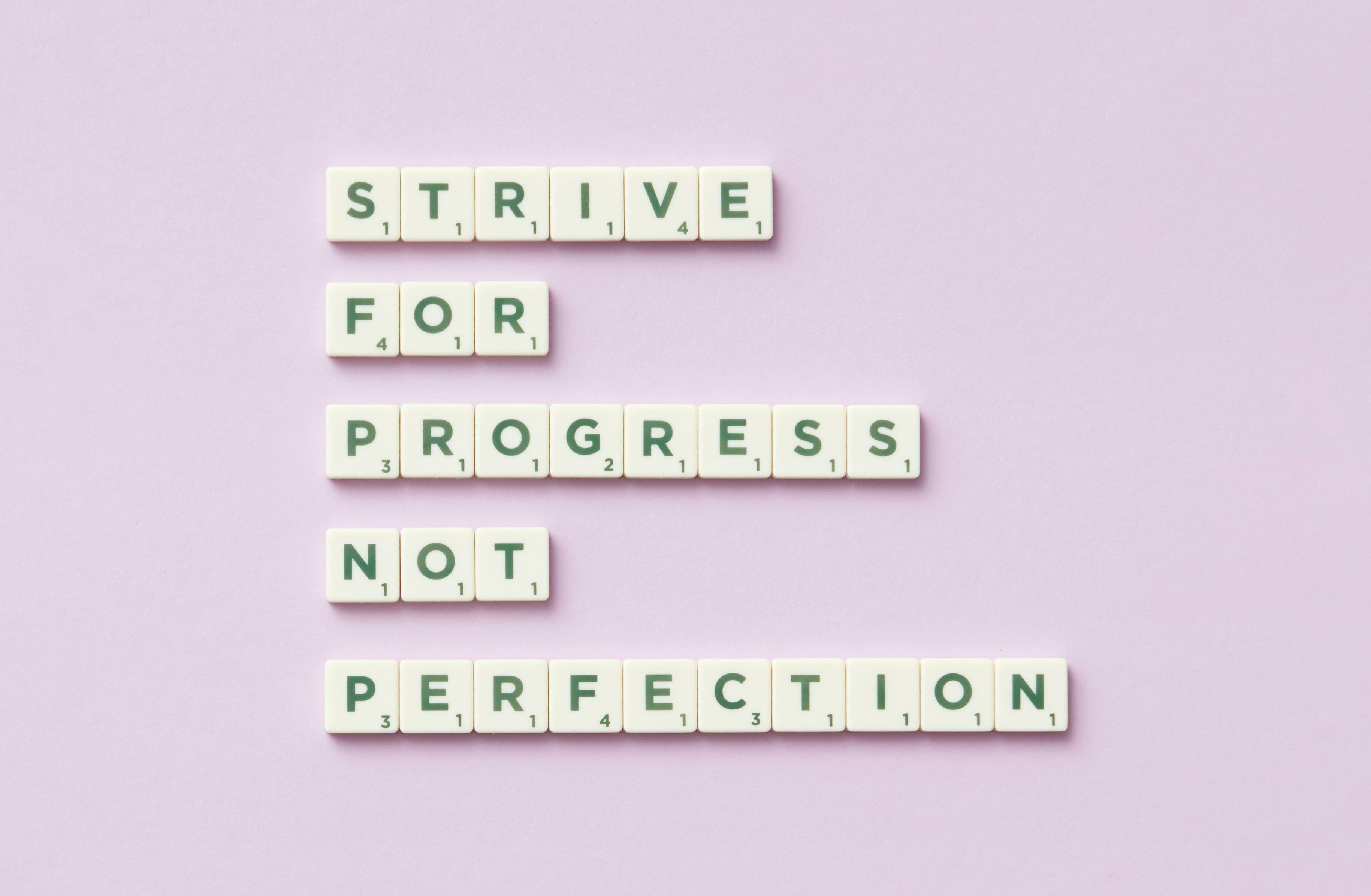Imagine you’re holding your dream job, hitting your fitness goals, or feeling more confident in your personal life. Visualization is the powerful practice of imagining success in vivid detail before it happens, using your mind’s eye to pave the way toward achieving your dreams. And it’s more than wishful thinking—science shows that visualizing your goals can help you reach them faster and with greater confidence.
Studies have shown that mental rehearsal activates the same areas in the brain as physical practice, reinforcing neural pathways that support new behaviors and habits. A study published in Neuropsychologia found that athletes who visualized their routines saw significant improvements in their performance, with brain activity closely mirroring the actual act. And visualization isn’t just for athletes—everyone, from students to business professionals, can benefit from integrating visualization into their daily lives.
Let’s dive into the art and science of visualization, explore its benefits, and learn practical techniques to help you create a clearer path to your goals.
How Visualization Works: The Science Behind Imagining Success
Visualization works by creating and reinforcing neural connections in the brain, which can make achieving your goals feel more achievable. When you visualize a goal, your brain responds as if you’re already experiencing it. This phenomenon is called neuroplasticity—the brain’s ability to form and strengthen new connections through repeated thoughts, behaviors, and experiences.
The Role of the Reticular Activating System (RAS)
The Reticular Activating System (RAS) is a bundle of nerves at the brainstem that acts as a filter, focusing your attention on what’s relevant and important to you. By visualizing your goals regularly, you train your RAS to tune into opportunities and ideas that align with your vision. For example, if you visualize becoming a successful writer, you might start noticing writing workshops, networking opportunities, or new ideas that support that goal.
The Power of Mental Rehearsal
Research shows that when we imagine ourselves achieving a goal, the brain lights up in ways similar to actual practice. This mental rehearsal primes the brain to execute tasks more effectively, reduces anxiety, and increases self-confidence. According to a study in The Journal of Sports Science and Medicine, athletes who practiced visualization saw up to a 30% improvement in performance compared to those who did not.
Example: A musician visualizing a flawless performance will experience less stage fright, as the brain has already “rehearsed” a successful outcome.
Benefits of Visualization for Goal Achievement
Visualization can benefit multiple areas of life, from career goals to personal growth. Here’s how visualization can support your journey toward success:
1. Increases Motivation and Confidence
When you visualize success, you build a mental image of yourself already achieving the goal, which makes it feel more attainable. This motivates you to take action and fuels your confidence. Studies in Social Cognitive and Affective Neuroscience reveal that visualization activates the brain’s reward centers, reinforcing positive behaviors and increasing your belief in your abilities.
Example: Visualizing a successful presentation at work helps reduce fear and self-doubt, replacing it with a sense of confidence and control.
2. Enhances Focus and Reduces Distractions
Regular visualization keeps your goals at the forefront of your mind, helping you stay focused even when distractions arise. By repeatedly “seeing” your desired outcome, you’re more likely to prioritize actions that support your goals and filter out unimportant tasks.
Statistic: A study by Harvard Business School found that individuals who set clear visual goals are up to 10 times more likely to achieve them than those who don’t.
3. Reduces Stress and Improves Emotional Resilience
Visualizing your goals can reduce stress by creating a clear mental roadmap. By imagining yourself overcoming obstacles, you equip your brain to handle challenges with less anxiety. This “preparation mindset” can make the journey feel smoother and less daunting.
Example: Before a big interview, visualizing a calm and confident version of yourself can reduce stress and improve your performance.
4. Encourages Creative Problem-Solving
Visualization taps into the brain’s creative center, helping you brainstorm solutions and new approaches to reach your goals. By visualizing different ways to succeed, you develop flexibility in your mindset, allowing you to navigate setbacks and explore alternative paths.
Research Insight: A study in The American Journal of Psychology found that people who practiced visualization were 40% more likely to come up with innovative solutions to complex problems.
Visualization Techniques for Achieving Your Goals
To make visualization effective, it’s essential to incorporate techniques that make your goals feel vivid and real. Here are five powerful techniques to help you maximize the impact of visualization on your journey to success.
1. The Future-Self Visualization: See Yourself Achieving Your Goal
This technique involves imagining yourself as the person who has already achieved your goal. Picture yourself experiencing success—whether it’s acing a job interview, completing a marathon, or thriving in a new role.
Steps for Future-Self Visualization:
- Find a Quiet Space: Sit comfortably and close your eyes, taking a few deep breaths to relax.
- Visualize Your Future Self: Imagine yourself achieving the goal. See yourself in a specific setting related to your goal (e.g., on stage giving a talk, crossing a finish line).
- Engage All Senses: Notice sounds, smells, textures, and even the emotions you feel in this moment of success.
- Observe Your Confidence: Picture how calm, capable, and proud you feel.
Example: If your goal is to become a public speaker, visualize yourself confidently delivering a speech, hearing applause, and feeling accomplished. The more real you make the scene, the more effective the visualization will be.
2. Mental Rehearsal: Prepare for the Process, Not Just the Outcome
Visualization isn’t just about the end goal—it’s also about the journey. Mental rehearsal allows you to “practice” each step, including potential obstacles, and feel prepared to handle them.
How to Use Mental Rehearsal:
- Break Down Your Goal: List the key steps or actions needed to reach your goal.
- Visualize Each Step: Go through each step in your mind, focusing on the process and any challenges you might face.
- Imagine Success in Each Step: Visualize overcoming these obstacles with confidence.
Example: If you’re preparing for a job interview, visualize the entire process: from entering the building, shaking hands with the interviewer, to confidently answering questions. Mental rehearsal can help you feel more prepared and at ease.
3. Visual Goal Mapping: Create a Mental Roadmap
Visual goal mapping is about creating a clear, step-by-step mental image of your journey from start to finish. This roadmap helps you see the progress you need to make and keeps you motivated along the way.
How to Create a Visual Goal Map:
- Picture the Starting Point: Imagine where you are now and acknowledge your current skills and resources.
- Define Key Milestones: Break down your goal into measurable milestones.
- Visualize Reaching Each Milestone: Imagine reaching each step, celebrating small wins along the way.
- See the Final Success: Picture yourself achieving the end goal and reflect on the steps it took to get there.
Example: If your goal is to write a book, your roadmap might include finishing the outline, completing chapters, editing, and publishing. Visualize each of these stages to reinforce your commitment and clarity.
4. Visualization Journaling: Capture Your Vision in Writing
Writing down your visualizations can be a powerful way to reinforce them. Visualization journaling involves describing your goals and how it feels to achieve them, creating a written record of your vision to revisit and keep you focused.
How to Start Visualization Journaling:
- Write Down Your Goal in Detail: Describe your goal as though you’ve already achieved it.
- Capture Your Emotions: Include the feelings associated with success, like pride, relief, or excitement.
- Review Regularly: Revisit and update your journal as you make progress.
Example Entry: “I am holding my published book in my hands. I feel proud and fulfilled, knowing my hard work paid off. Readers reach out, telling me how much they connected with my story.”
5. Overcoming Obstacles Visualization: Prepare for Challenges
This technique focuses on visualizing potential setbacks and mentally preparing yourself to overcome them. By rehearsing how you’ll respond to challenges, you’ll feel more resilient when they arise.
How to Visualize Overcoming Obstacles:
- Identify Likely Challenges: Think about potential obstacles you may face on the path to your goal.
- Picture Yourself Handling the Challenge: Imagine the specific actions you’ll take to work through it.
- Visualize the Outcome: See yourself successfully overcoming the obstacle and getting back on track.
Example: If you’re training for a marathon, you might visualize a challenging part of the race when you’re exhausted. See yourself pushing through with determination, knowing you have the strength to finish.
Tips for Making Visualization a Daily Habit
Consistency is key to making visualization work for you. Here are some tips to make it part of your daily routine:
- Schedule Time: Set aside 5-10 minutes each day, preferably in the morning, to visualize your goals.
- Use Affirmations: Pair visualization with positive affirmations that support your vision, like “I am capable and determined.”
- Combine with Meditation: Try visualizing during meditation for a calm, focused approach.
- Stay Flexible: Update your visualizations as your goals evolve or as you reach milestones.
Example Routine: Start your morning with 5 minutes of future-self visualization, followed by a brief journaling session where you write down one specific step you’ll take toward your goal that day.
Turning Vision into Reality
Visualization is a powerful practice, but it works best when combined with consistent action. By mentally rehearsing success, you build confidence, resilience, and motivation—qualities that translate into real-world achievements. Remember, visualization is a tool for building a strong mental foundation, but it’s your actions that ultimately make your dreams a reality.
So, what’s one goal you’re excited to visualize? Take a few minutes to picture yourself achieving it, commit to practicing visualization daily, and watch as the power of your mind transforms your path toward success.
Practice visualization with Hapday, Your Wellbeing Assistant
Join the millions of people using Hapday. Improve overall wellness & sleep.




